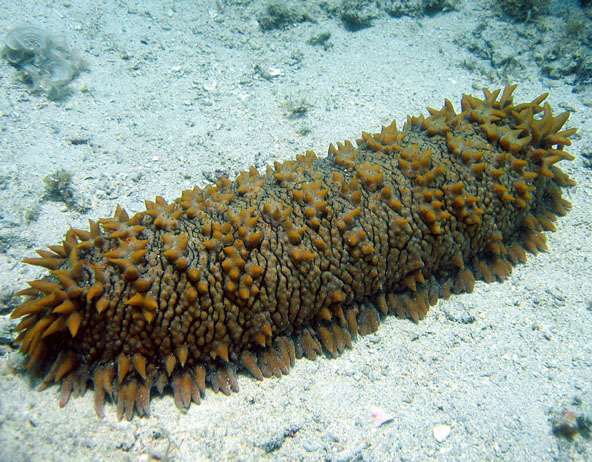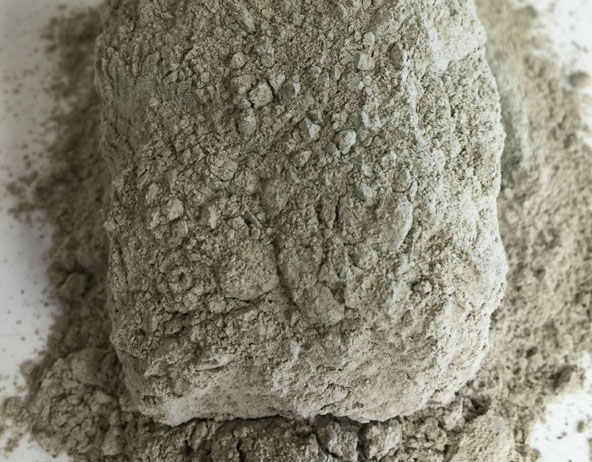
Most sea cucumbers are deposit feeders, living on organic matter and associated microorganisms. Sea Cucumbers have cylindrical-shaped body with leathery skin, invertebrate endoskeleton just below the skin. It has a life span of 5-10 years and feed on decaying matter that floats on water or that is found in the sand. Although more than 1400 species of sea cucumber exist throughout the world, only about 30 species are considered commercially important.
For processing, fresh cucumber is slit and entrails squeezed out. It is then boiled and sun-dried or sometimes smoked. The product formed is one of the most important and highly priced seafood products in the international market and is marketed as beche-de-mer (meaning processed sea slug or sea cucumber). The product is said to cure low blood pressure, kidney disorders, and impotence and prevents ageing. The high demand and premium value of sea cucumber products have resulted in overexploitation of the resource in some producing countries, leading to its extinction in several habitats resulting in its listing as endangered species of wild fauna and flora.

The most expensive sea cucumbers are from the Gulf of Mannar, which include Holothuria scabra (commonly called as sand fish), Holothuria atra, and the Stichopus hermanni (warty sea cucumber). A quaculture of sea cucumber is being practiced in Japan, China, and Australia. A process for large-scale seed production of sea cucumber (Holothuria spinifera) consists of rearing 48h old larvae for 12 days under ideal conditions of temperature of 20-32oC, salinity of 35 ppt, and pH of 7.8, which gives maximum survival of the larvae. The bioactive compounds obtained from sea cucumber
We have this available on https://seatechbioproducts.com/sea-cucumber-powder-human-nutrition-25kg.html
Marine Products for Healthcare- Functional and Bioactive Nutraceutical Compounds from the Ocean- Vazhiyil Venugopal (Page 30-31)